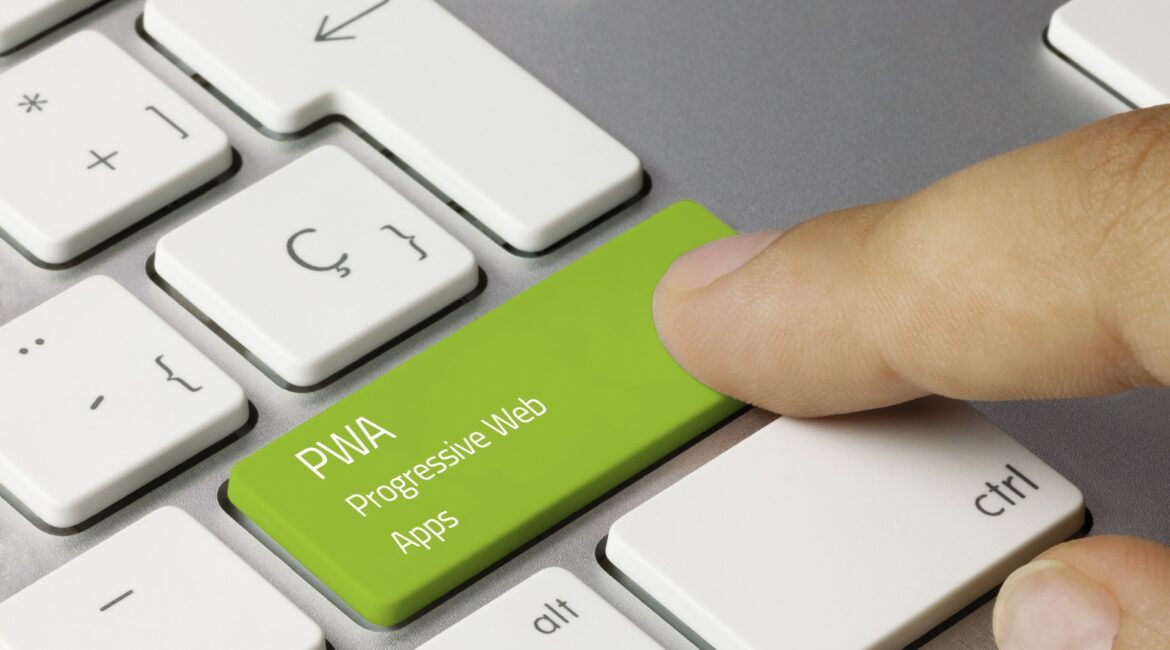If you aren’t familiar with progressive web apps, the chances you have used them without even knowing you did are very high.
With the development of technology, not only were apps getting improved in the way they are made but if you have a look at some of the first websites on the internet, you can clearly see that the websites have gone a long way.
Nowadays, nothing stands still and both apps and websites are getting improved, even to the point where these two totally different worlds collide and might create the next best thing.
The Difference Between Progressive Web Apps and Native Apps
Even though these names might not sound familiar to you, native apps are apps we all use on our smartphones and even laptops (such as with Mac OS).
Native apps weren’t only introduced to us in order to create games to help us have some fun in our spare time, yet they were created with the purpose of making portable smartphones much more efficient and useful than they ever were.
As the years went by, native apps became a part of our life. From ordering ourselves a ride home (Uber), finding & booking the cheapest flight (Hopper), or even doing language translation in real time (Google Translate), we must agree that they’ve significantly improved the way we use smartphones today.
Progressive web apps have the same purpose, yet instead of smartphones, they’re working on improving the way we use internet websites. What is so special about progressive web apps is that they’re not inventing anything new, yet are combining the use of apps on the websites instead of our smartphones.
Even though it’s not unique, it’s still a very innovative way to help internet users get the most out of the browsing & visual experience.
Advantages & Disadvantages of Native Apps
While native apps are stored on some of the devices we all use every day (smartphones, tablets, gadgets), being integrated, native apps work with device’s built-in features such as camera, location services, microphone, and many others
They work very easily and perform at any point, giving us the chance to rely on native apps wherever we are without giving it a second thought.
Almost every smartphone user knows the way app works and how to get access to them (using stores made for apps), and what’s even better is that such stores have to approve apps we rely on, users can rest assured that the apps are secure and will work on their phone.
Even though native apps offer many advantages, on the other hand, they can get quite expensive to make, especially for developers who are trying to make the native apps compatible with multiple mobile devices.
At the same time, the cost of maintaining and updating such a native app is significantly high and that’s what most users don’t even know or appreciate when using all free apps.
And even though there are far more brilliant ideas that could make fantastic native apps, a lot of them are having a long waiting time to get approved by the app stores.
Lastly, even though native apps can be compatible with multiple mobile devices, developers can’t guarantee that all users are using the same version of the app which can cause some problems for apps that use internet connection.
The Way Progressive Web Apps Might Change the Way Apps Are Used
When we compare progressive web apps to native apps, web apps are easier to use, can be accessed by anyone online, and they’re always up to date – providing the same version to every user.
Even though progressive web apps have a few downsides, one of the biggest downsides is that progressive web apps still don’t have a centralized store where you can find them.
However, progressive web apps still have a bright future and even at the time of writing and the time of you reading this, they’re constantly getting improved.
Progressive web apps are much easier to maintain since they all use a common code base across mobile platforms, can be manipulated to be compatible with older mobile devices, don’t need to be approved by an app marketplace, and web developers aren’t the only ones who can submit their app.
Now, with such benefits, you are clearly looking at an improved and modern version of the app use. Even now, web apps have already changed the way users use the apps.
Instead of visiting an app store and downloading native apps, with web apps, users have the chance to load the website with the latest web app and use it straight away.
Therefore, progressive web apps are already the way we use apps and they’ll continue until eventually native apps aren’t the only apps we rely on anymore.
The Future of Progressive Web Apps
Even though progressive web apps still have a lot of things to deal with such as users not being able to find them since web apps aren’t listed in a store – such web apps are still making progress and will overcome anything that stays in its way.
The use of web application development services is already increasing which is just showing how well web progressive apps have been accepted worldwide, and we are pretty sure that they will change the way websites look and work, and are even being browsed.
Whether you should build progressive web apps or stick to native apps depends on a few things, but as you can see, even though web apps are still a process in progress, they’re slowly but surely winning over the native apps.
Who knows, native apps might never stop being used and created, but the goal of web apps isn’t to do that. It’s to create an interface that will change the way we see and use websites for our personal gains, but also for the gains of service providers.
But at the time of writing, we have seen an increase in the creation and use of progressive web apps that we can assume only the best for its future.
And if you’re in doubt whether you should stick to native apps or give progressive web apps a try, we recommend you give web apps a thought and if you find them to be a great fit – go for it!




